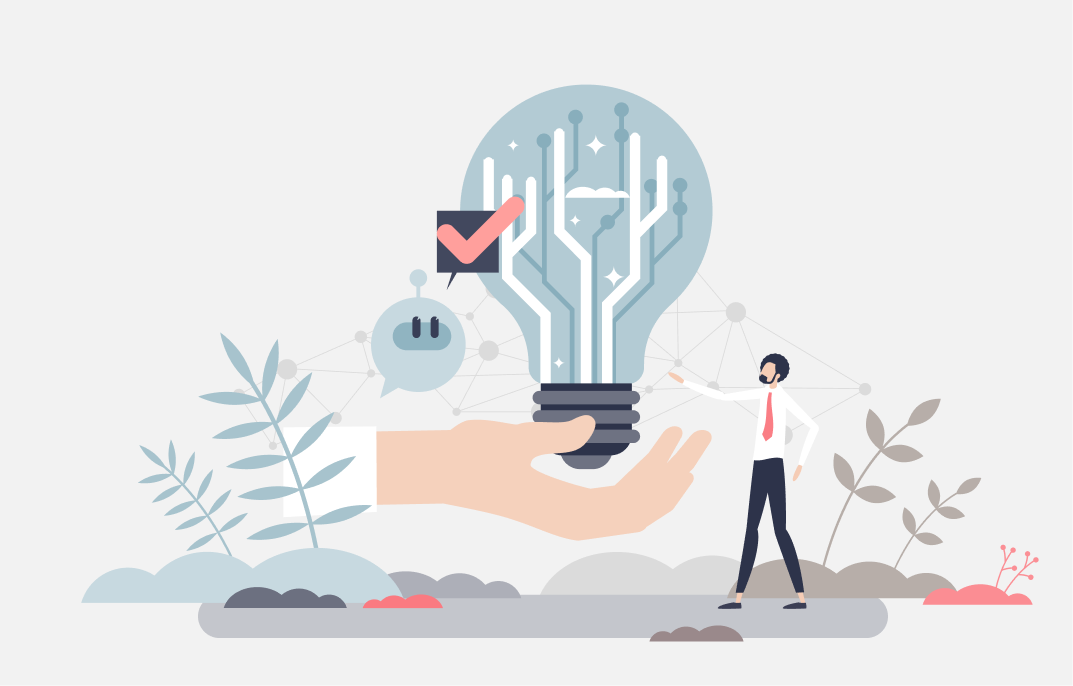The mobile user interface (UI) design landscape is ever-evolving, constantly influenced by advancements in technology, changing user preferences, and the creative ingenuity of designers. Among the prominent trends that have shaped mobile UI design, minimalism and maximalism stand out as two distinct yet equally compelling approaches. Each has its own set of principles, aesthetic appeal, and functionality, catering to different user experiences and needs. This article delves into the trends in mobile UI design, focusing on the dichotomy between minimalism and maximalism, their key characteristics, and their impact on user experience.

The Essence of Minimalism in Mobile UI Design
Minimalism in mobile UI design is characterized by simplicity, clarity, and a focus on essential elements. This approach emphasizes the removal of any superfluous components, allowing the core functionality and content to take center stage. The minimalist design philosophy is rooted in the idea that less is more, promoting a clean, uncluttered interface that enhances usability and user engagement.
Key Characteristics of Minimalist Mobile UI Design
- Simplicity and Clarity: Minimalist design prioritizes simplicity, presenting only the most crucial information and actions. This clarity reduces cognitive load, making it easier for users to navigate and interact with the app.
- Ample White Space: Generous use of white space (or negative space) helps to create a balanced and harmonious layout. It gives breathing room to UI elements, preventing the interface from feeling cramped or overwhelming.
- Limited Color Palette: Minimalist designs typically employ a restrained color palette, often sticking to monochromatic schemes or using a few complementary colors. This not only creates a cohesive visual experience but also directs attention to key elements.
- Clean Typography: Using straightforward, legible fonts is a hallmark of minimalist UI design. Typography is used not just for readability but also to convey a sense of elegance and sophistication.
- Intuitive Navigation: Minimalist UIs emphasize intuitive navigation patterns, ensuring users can move through the app effortlessly. This often involves using familiar icons, clear labels, and straightforward menu structures.
Advantages of Minimalist Mobile UI Design
- Enhanced Usability: By stripping away unnecessary elements, minimalist design enhances the overall usability of the app. Users can quickly understand and interact with the interface, leading to a more satisfying experience.
- Faster Load Times: Minimalist designs often result in faster load times due to fewer graphical elements and simpler code structures. This is particularly beneficial for mobile devices, where speed and performance are critical.
- Timeless Aesthetic: The clean, uncluttered look of minimalist design tends to age well, maintaining its appeal over time. This longevity reduces the need for frequent redesigns and updates.
- Focus on Content: By minimizing distractions, minimalist UI design places the focus squarely on the content and functionality, ensuring that users can easily access and engage with the information they need.
The Bold Appeal of Maximalism in Mobile UI Design
In contrast to minimalism, maximalism in mobile UI design embraces a more is more philosophy. This approach is characterized by rich, vibrant visuals, intricate details, and an abundance of decorative elements. Maximalism aims to create a visually stimulating and immersive experience, often appealing to users who enjoy a more dynamic and expressive interface.
Key Characteristics of Maximalist Mobile UI Design
- Vibrant Color Schemes: Maximalist designs frequently employ bold, saturated colors and complex gradients. This creates a lively and energetic atmosphere, capturing the user's attention and evoking emotional responses.
- Intricate Details: From elaborate illustrations to decorative icons, maximalist UIs are rich in detail. These elements add depth and personality to the interface, making it visually intriguing.
- Dynamic Typography: Maximalist design often features a diverse range of fonts, sizes, and styles. This dynamic typography can convey different tones and moods, contributing to the overall expressiveness of the design.
- Layered Elements: Overlapping elements, textures, and patterns are commonly used in maximalist designs to create a sense of depth and complexity. This layering adds a three-dimensional quality to the interface.
- Engaging Animations: Animations and micro-interactions play a significant role in maximalist UIs, adding a layer of interactivity and delight. These elements can guide user behavior and enhance the overall experience.
Advantages of Maximalist Mobile UI Design
- Visual Impact: Maximalist designs make a strong visual statement, capturing the user's attention and leaving a lasting impression. This can be particularly effective for branding and marketing purposes.
- Emotional Engagement: The rich, dynamic visuals of maximalist design can evoke a wide range of emotions, creating a more immersive and engaging user experience.
- Creative Expression: Maximalism provides ample opportunities for creative expression, allowing designers to experiment with colors, textures, and patterns. This can result in unique and memorable designs.
- Enhanced Storytelling: Through intricate details and visual richness, maximalist designs can tell a story or convey a narrative, adding depth and context to the user experience.
Balancing Minimalism and Maximalism
While minimalism and maximalism represent two ends of the design spectrum, many modern mobile UI designs find a balance between the two, incorporating elements of both approaches to create a harmonious and effective interface. This hybrid approach leverages the strengths of each philosophy, resulting in designs that are both visually appealing and highly functional.
Strategies for Balancing Minimalism and Maximalism
- Selective Use of Details: Incorporate maximalist elements selectively, using intricate details or bold colors to highlight specific areas or features without overwhelming the entire interface.
- Prioritize Usability: Ensure that usability remains a top priority, regardless of the visual style. Clear navigation, legible typography, and intuitive interactions should be at the forefront of the design.
- Maintain Visual Hierarchy: Use visual hierarchy to guide users through the interface, ensuring that important elements stand out while secondary details add depth and interest.
- Focus on User Experience: Always consider the user experience when integrating design elements. The goal is to create an engaging, enjoyable, and seamless experience that meets the needs and preferences of the target audience.
In mobile UI design, minimalism speaks through simplicity, while maximalism captivates with expressive detail—both shaping how we interact with technology.

Case Studies: Minimalism vs. Maximalism in Mobile UI Design
To illustrate the practical application of minimalism and maximalism in mobile UI design, let's examine a few case studies of popular apps that exemplify these approaches.
Minimalist Example: Google Calendar
Google Calendar is a prime example of minimalist mobile UI design. The app features a clean, uncluttered interface with ample white space, a restrained color palette, and straightforward typography. The simplicity of the design enhances usability, making it easy for users to manage their schedules and appointments. The minimalist approach also contributes to fast load times and a timeless aesthetic, ensuring that the app remains user-friendly and visually appealing.

Maximalist Example: Gucci
Gucci's mobile app is an excellent example of maximalist design, reflecting the brand's opulent and expressive style. The app features bold, saturated colors and intricate details that capture the luxury and extravagance associated with Gucci. Rich visuals and decorative elements enhance the app's visual appeal, creating an immersive shopping experience. Dynamic animations and creative typography add to the app's allure, making it not just a shopping tool but a digital extension of Gucci's vibrant brand identity.

Balanced Example: Spotify
Spotify's mobile app strikes a balance between minimalism and maximalism. The interface is clean and intuitive, with a focus on usability and content. However, the app also incorporates bold colors, dynamic typography, and engaging animations to create a visually appealing and immersive experience. This balanced approach ensures that the app is both functional and aesthetically pleasing, catering to a wide range of user preferences.

Balancing minimalism and maximalism in design is about finding harmony between clarity and creativity, creating interfaces that resonate with diverse user needs.
Conclusion
The trends in mobile UI design reflect the dynamic nature of user preferences and technological advancements. Minimalism and maximalism, as distinct design philosophies, each offer unique advantages and appeal to different aspects of the user experience. While minimalism emphasizes simplicity, clarity, and usability, maximalism embraces bold visuals, intricate details, and emotional engagement.
In the ever-evolving landscape of mobile UI design, finding the right balance between minimalism and maximalism can result in interfaces that are both functional and visually captivating. By understanding the key characteristics and advantages of each approach, designers can create mobile experiences that resonate with users, enhance engagement, and drive success in an increasingly competitive market.

Heading 1
Heading 2
Heading 3
Heading 4
Heading 5
Heading 6
Lorem ipsum dolor sit amet, consectetur adipiscing elit, sed do eiusmod tempor incididunt ut labore et dolore magna aliqua. Ut enim ad minim veniam, quis nostrud exercitation ullamco laboris nisi ut aliquip ex ea commodo consequat. Duis aute irure dolor in reprehenderit in voluptate velit esse cillum dolore eu fugiat nulla pariatur.
Block quote
Ordered list
- Item 1
- Item 2
- Item 3
Unordered list
- Item A
- Item B
- Item C
Bold text
Emphasis
Superscript
Subscript
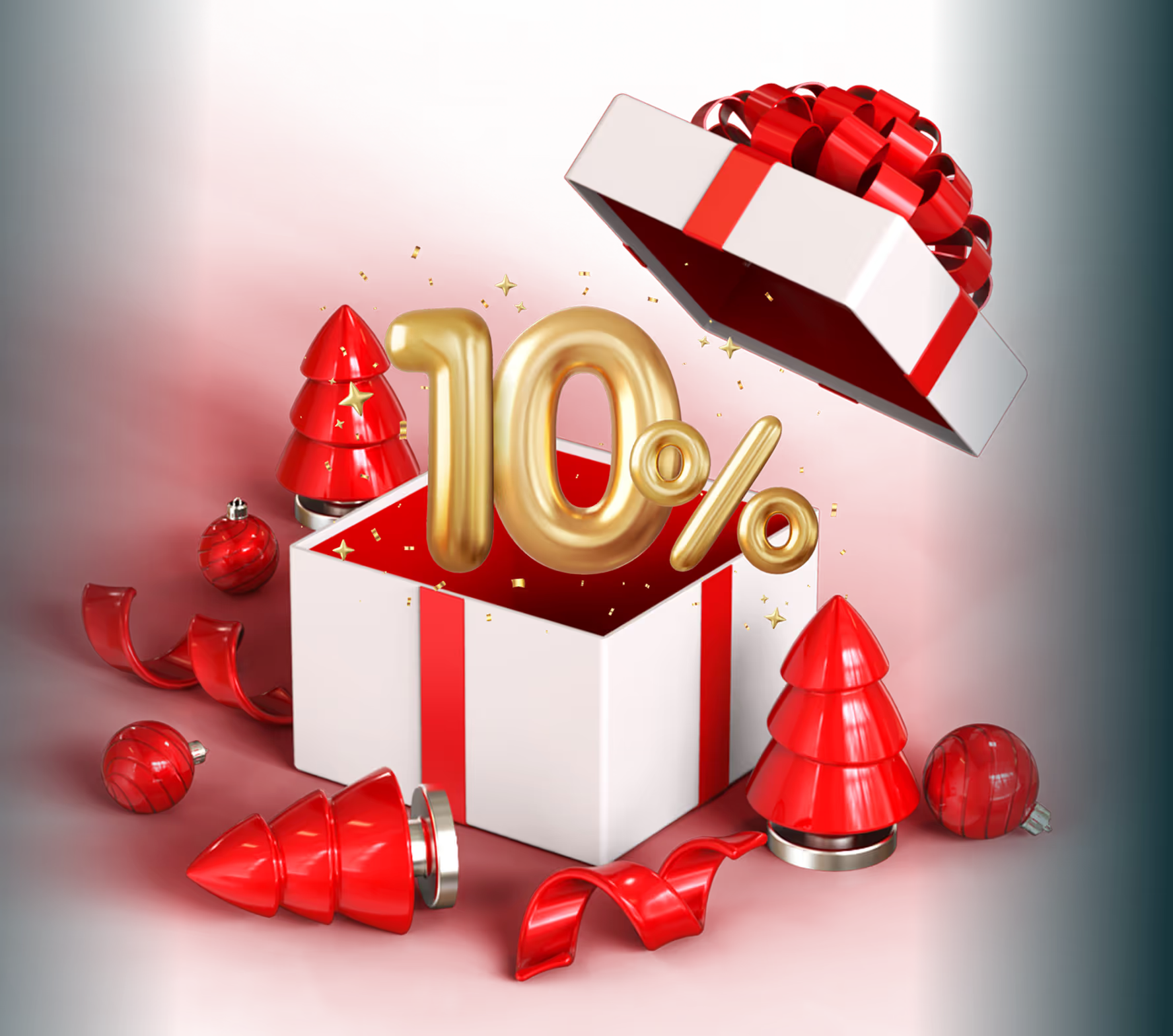






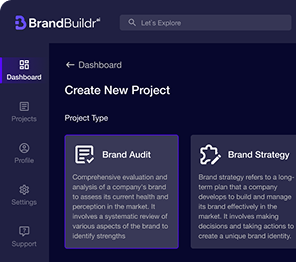
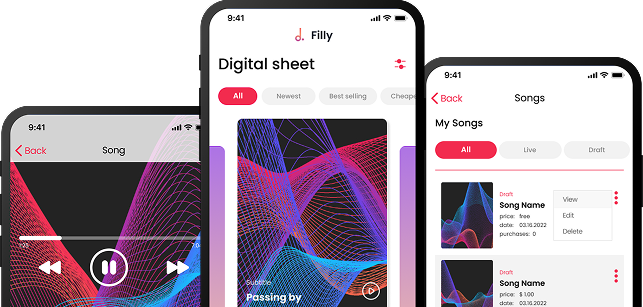










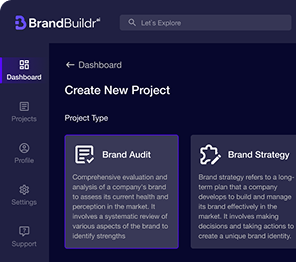

.avif)

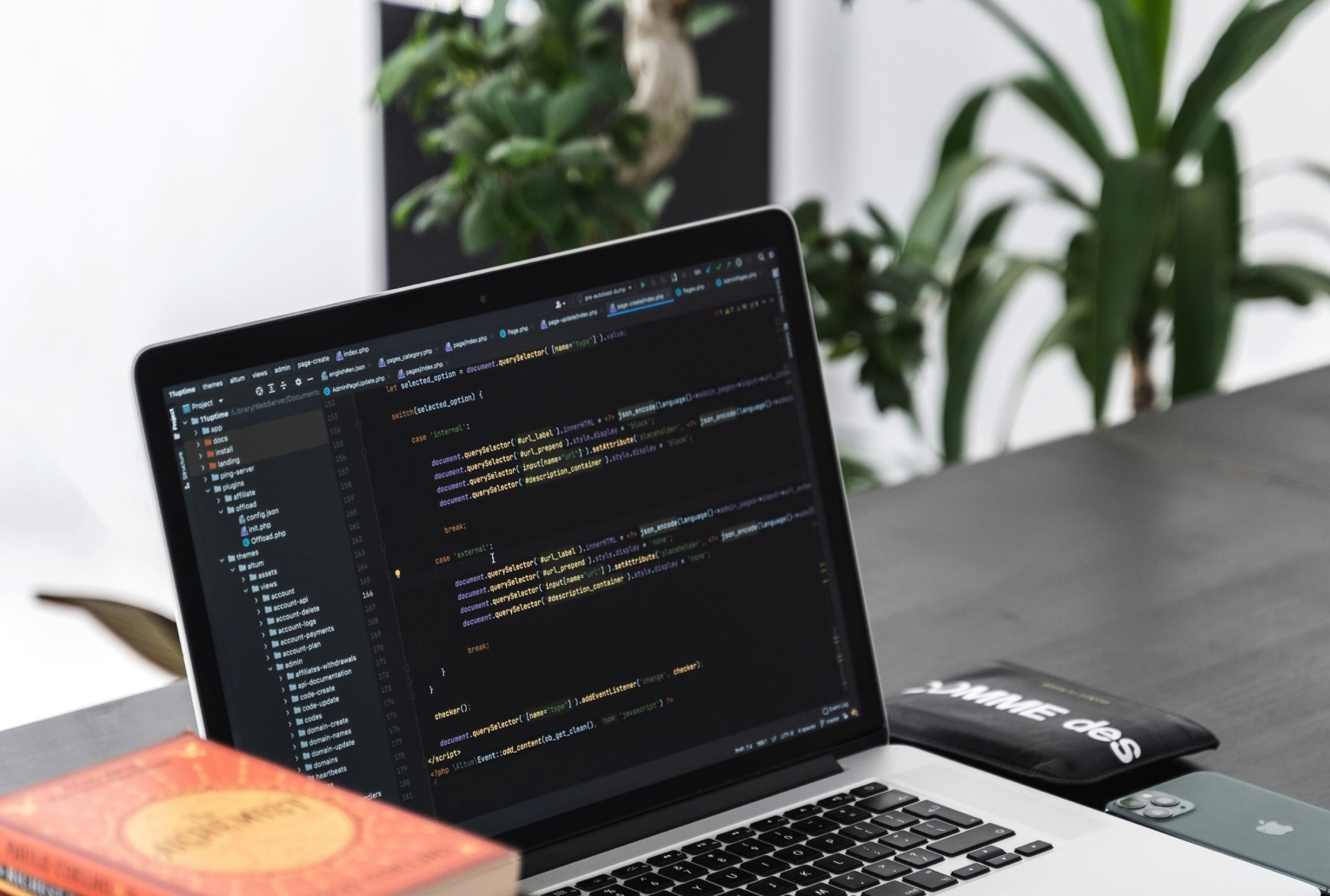

.avif)

.avif)
